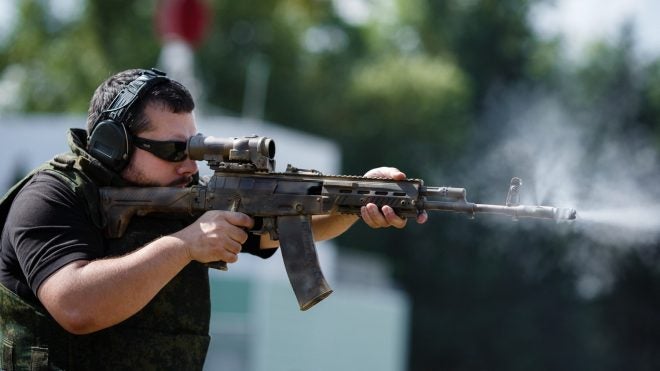In the previous article about the history of the AK-12, I talked about the “Ratnik” program and the earliest known prototype of the rifle. Now, it is time to talk about the second and third prototypes, which will be much easier, since I was personally involved in the trials and testing of those guns, as well as many demos and media events.
The Second Prototype of AK-12
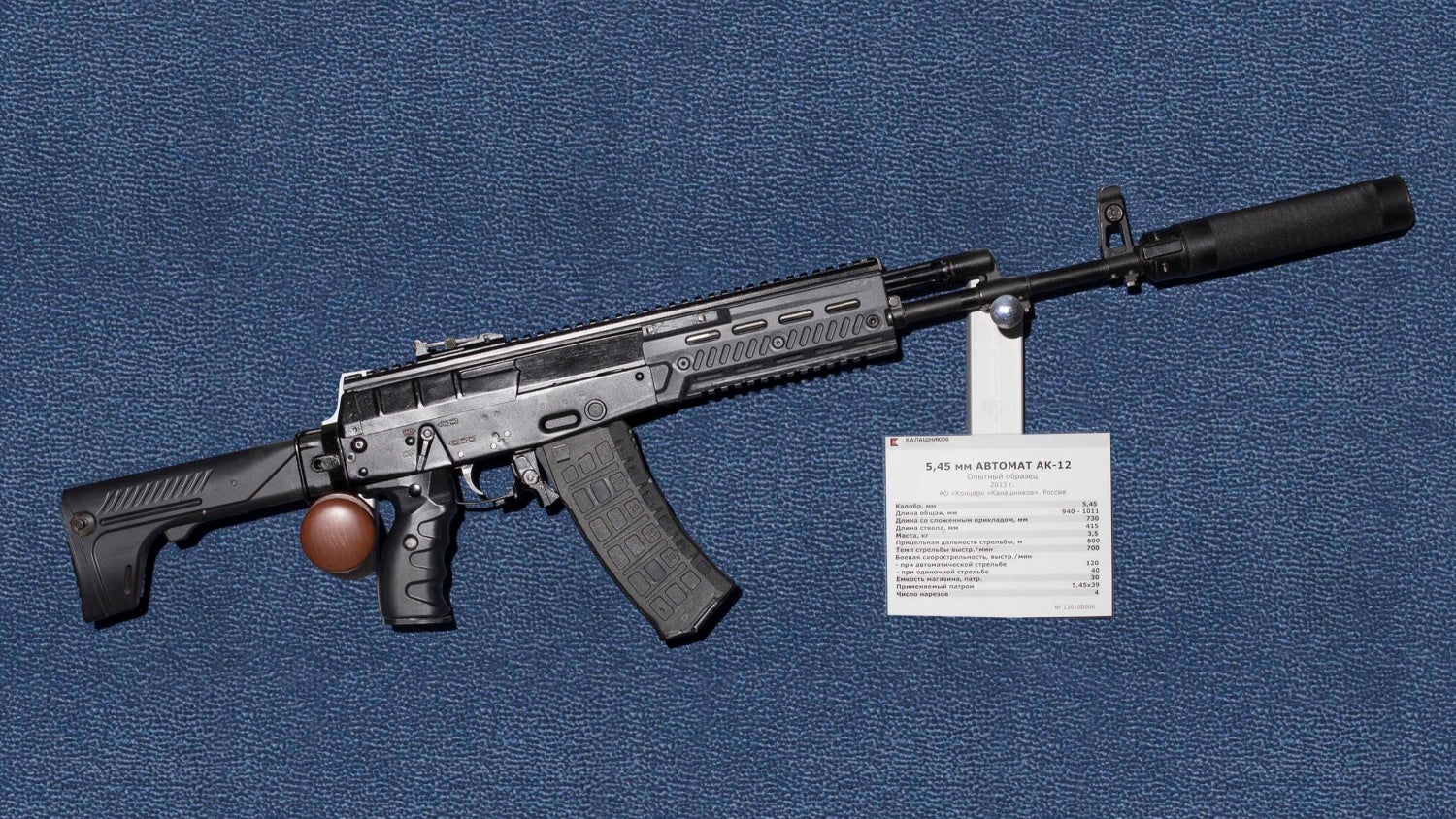
AK-12 second prototype in Kalashnikov factory museum
The perceived recoil and muzzle rise of this variant were minimal, thanks to a lighter bolt carrier. The designer basically trimmed down as much metal as possible from all the moving parts.
Even the mighty forged AK bolt carrier now had a huge cut right in the middle which made everyone feel uneasy about the durability of that part. And that feeling ended up being completely justified – during testing, the bolt and bolt carrier broke on some of the prototypes, which doesn’t really happen on AKs all that often.
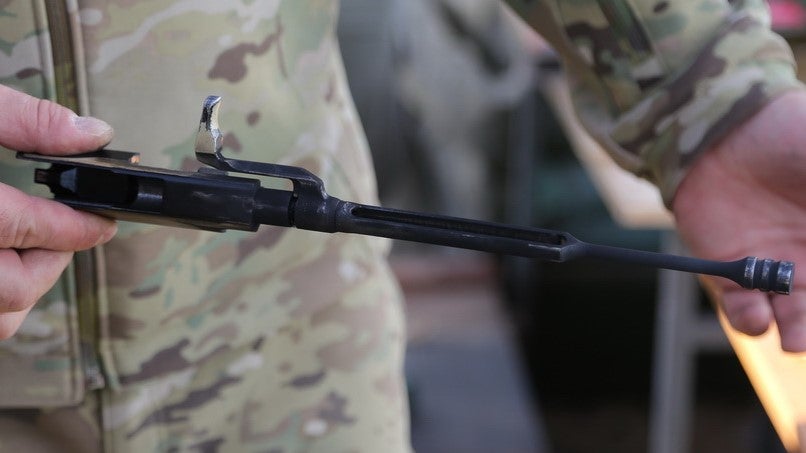
AK-12 bolt carrier. Photo by Konstantin Lazarev
Also, the receiver cover retaining mechanism just wasn’t strong enough – on one of the rifles it was broken after just 20 shots with an under-barrel grenade launcher (UBGL).
The stock of the second prototype was light and comfortable. Some say this stock inspired Magpul engineers to create “Zhukov” stock. But once again, that slender stock was just too fragile – it broke off after the first drop test.
The other famous features of the early AK-12 were just as controversial. The ambidextrous selector was a great idea, but the actual design made a shooter play a guessing game trying to figure out what mode he is really on. The main reason was the addition of a two-shot burst that made the travel of the selector too long since now you had 4 positions: safe, semi, two-shot burst, and full-auto.
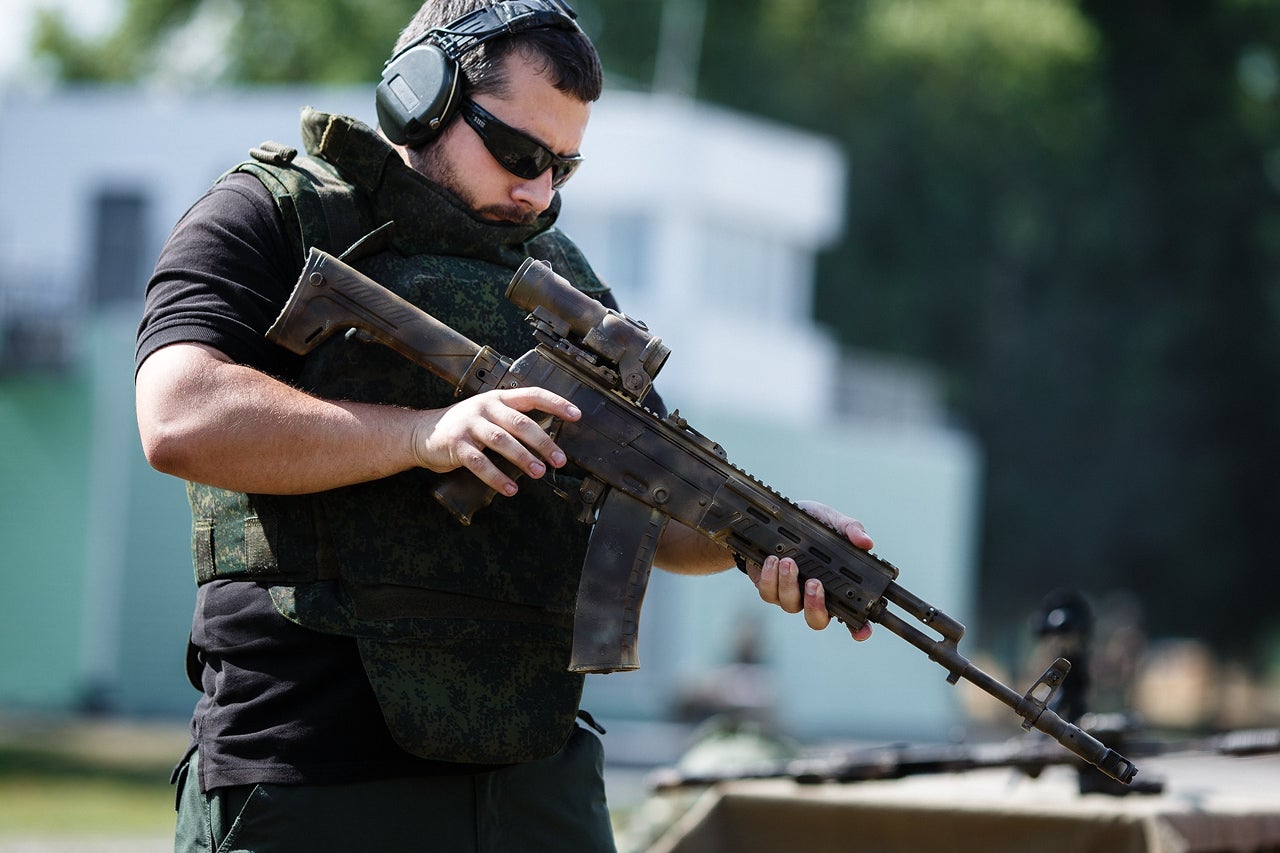
Author, trying to figure out what mode he is really on. Photo by: Vadim Veedoff
To be fair, I’ve never seen a good 4-position selector, but the selector of the early AK-12 certainly wasn’t the best among the worst. On top of that, it wasn’t that comfortable, at least for me – I had to break my grip and use the index finger to switch from safe to auto.
The burst mechanism was barely working. Instead of a two-shot burst, very often you would get a single shot or a three-shot burst. The design of the burst mechanism itself would cause seasoned gunsmiths to develop panic attacks every time they had to disassemble it.
The charging handle of the early AK-12 was reversible, you could switch it to the right or left side when you field strip the gun.
But then the human factor kicked in – many Russians hold their AK by the magazine, and with a reciprocating charging handle on the left side, it would start hitting their support hand thumb, ruining the shooting experience. To keep everyone’s thumbs safe, I keep the charging handle on the right side during range days.
The bolt release only functioned with modified magazines that had a special plate on the follower. But that plate increased friction between the follower and the magazine body and therefore decreased the reliability of new mags.
So, before every live demo, I had a hard choice to make – demonstrate the bolt stop and increase the risk of a stoppage or just use normal magazines.
The magazine release was also quite peculiar – when you pressed down an ambidextrous lever, the rear lug of the magazine would jump out of the gun immediately, but the front lug of the AK had other plans. Normally it would hang on to the front of the magwell with the perseverance of a good mountain climber.
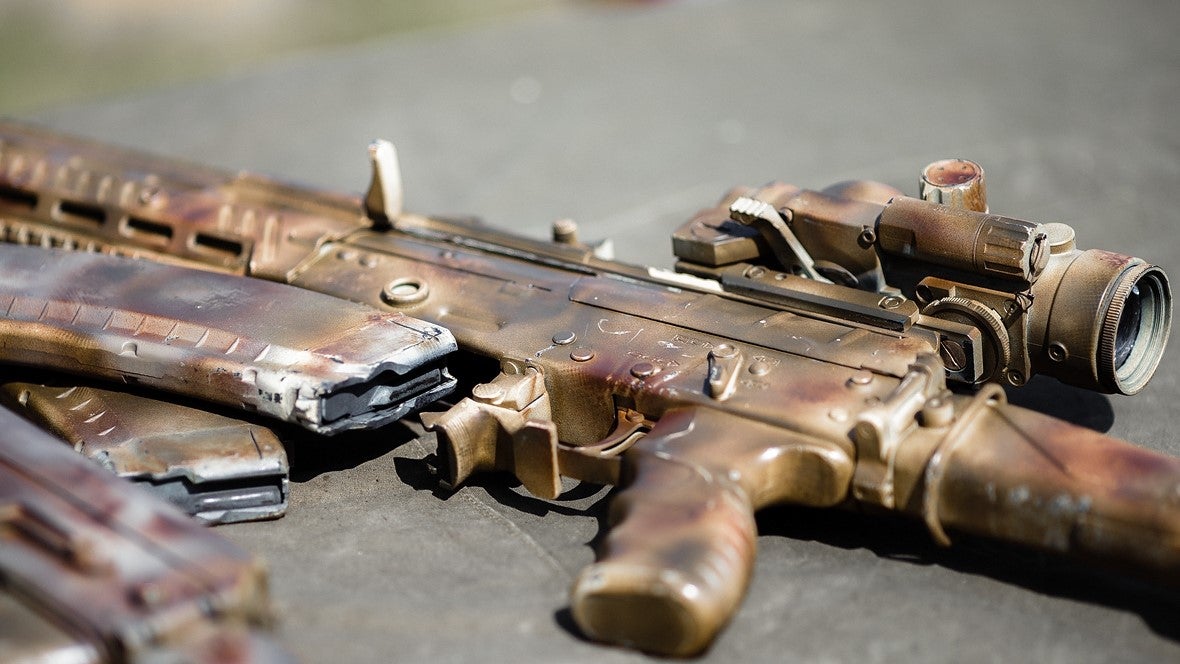
The magazine release and bolt stop on an early AK-12. Photo by: Vadim Veedoff
Sometimes, after half a second it would finally fall down, but some mags simply ignored the force of gravity and kept hanging there until you would knock them out with a fresh mag. To deal with that, I had to learn “the art of the mag flip“, flipping the gun on every reload to make sure the mag leaves the magwell.
All those issues could be fixed, but at the time it seemed like the chief designer Vladimir Zlobin was concentrated on expanding the new line of rifles, instead of improving the actual design. Very quickly he came up with AMC-131 and several other rifles.
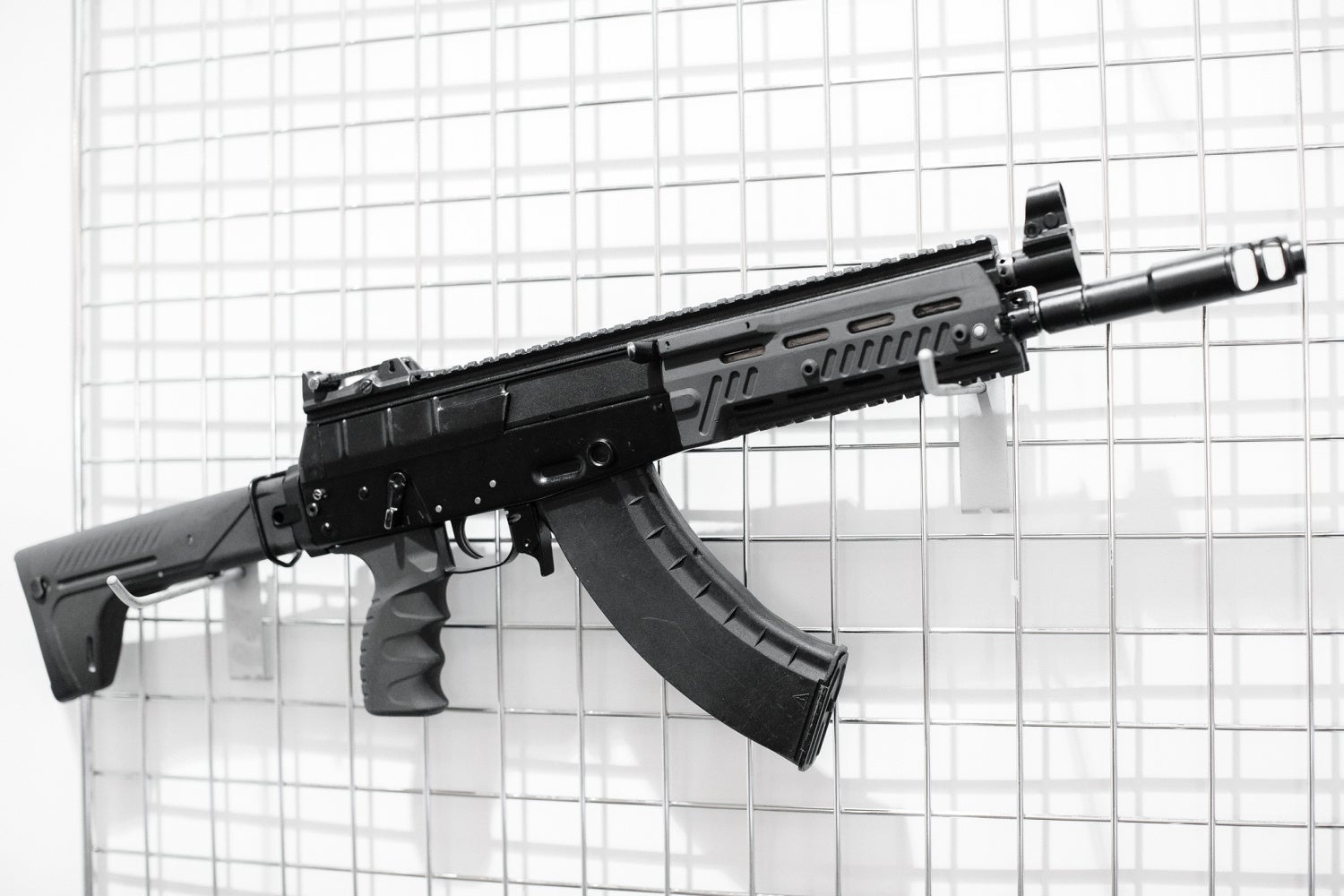
AMC-131 compact assault rifle. Photo by: Vadim Veedoff
The Third Prototype of AK-12

AK-12 third prototype. Photo by Konstantin Lazarev
In the spring of 2015, the third prototype of the AK-12 was ready. The gas block and front sight were combined into a single unit, the shape of the handguard and design of the muzzle device and selector were also changed.
But the most problematic issue was never addressed. The receiver cover on the second and third prototypes was over a foot long, and it appalled every production engineer who had to work on it.
Mass-producing such a part would be a nightmare. Even the slightest deviation of tolerances in the cover retaining system would cause instability of the receiver cover and consequently the sight on the receiver cover would lose zero. Also, the cost of the receiver cover exceeded the cost of all the other parts of the gun combined.
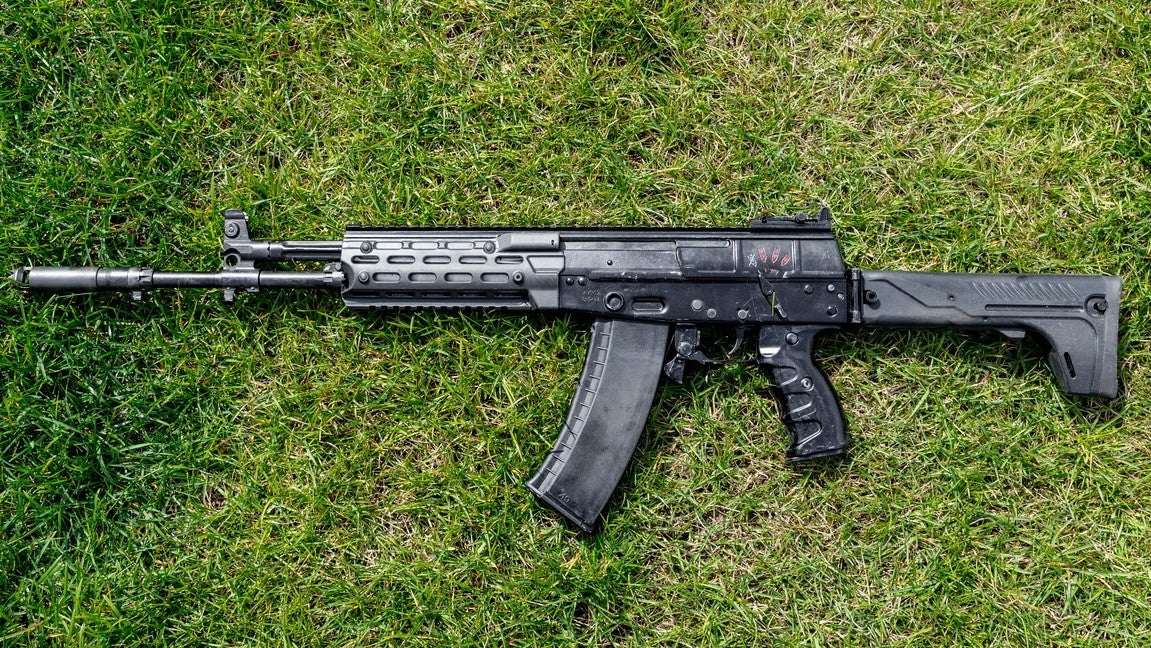
AK-12 third prototype. Photo by Konstantin Lazarev
But that is not the worst part. Since the receiver was over a foot long, it extended all the way to the gas tube. So the front of the cover would get very hot, while the back of it remained cold. The metal expands when it is heated, and the whole front part of the retaining system would change dimensions, causing a shift of the point of impact. The whole thing looked like trouble waiting to happen.
Overall, by the end of 2015, most bugs were worked out and the rifle passed technical trials. But another, some would say the most important problem, was never addressed. That AK-12 had no compatibility with the previous generations of Kalashnikov rifles. Initial production launch would require immense investments, which will drive the unit price of the rifle to the moon.
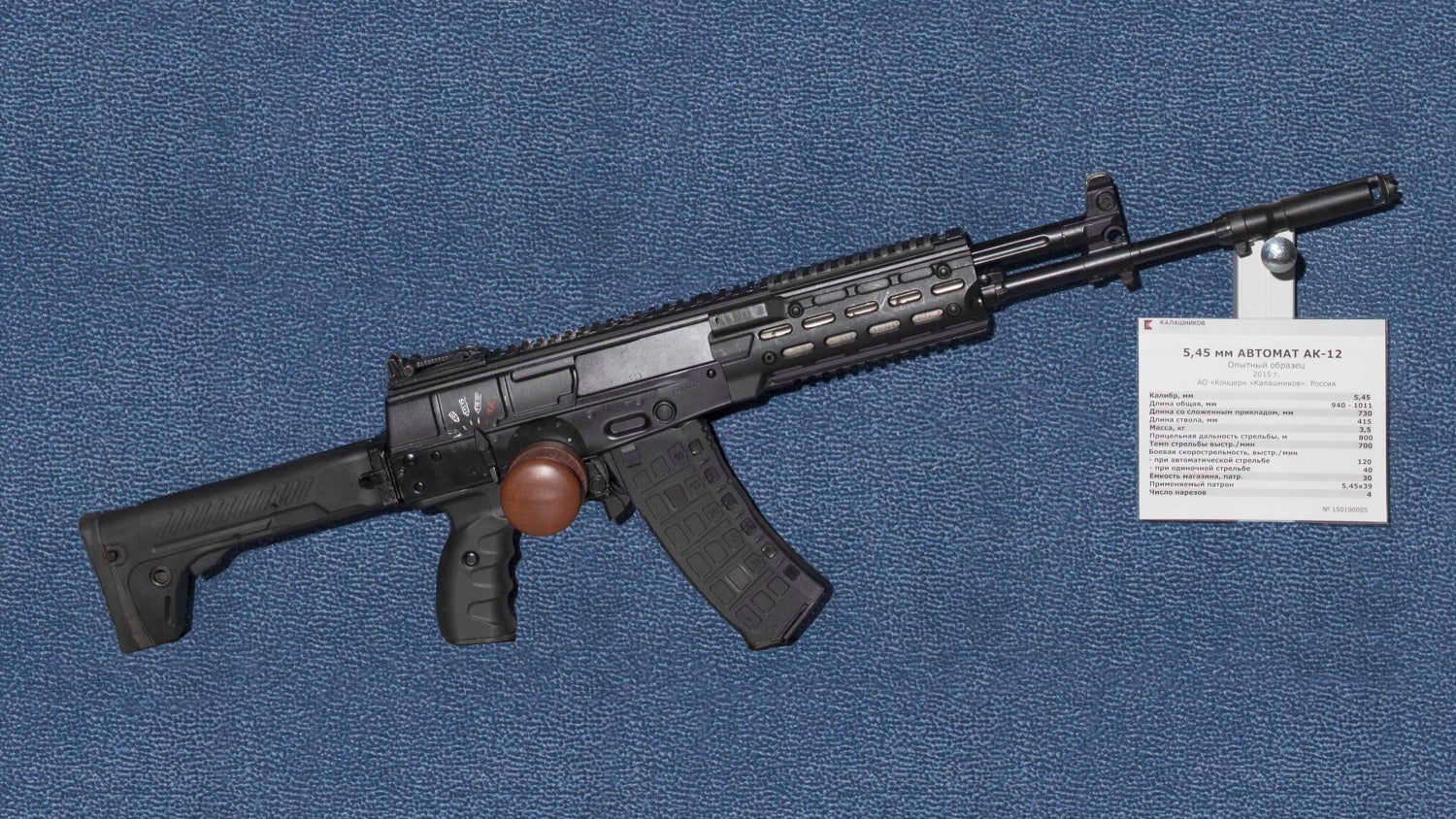
AK-12 third prototype in Kalashnikov factory museum.
Russian army would never buy that gun. Yes, it would be accepted into service, but then it would suffer the same fate as shifted recoil impulse rifle AN-94 “Abakan”, modular bullpup OTs-14 “Groza”, multicaliber pistol OTs-27 “Berdysh”, folding concealable submachine gun PP-90, and many, many others, that are so hard to find they never even made to the “Forgotten Weapons” channel.
The army was determined to get a new rifle, there was no way back at this point. It was then that the entire history of the Kalashnikov rifle was at a crossroads. If the army would accept expensive prototypes that cannot be mass-produced that would effectively begin the end of the history of the Russian AK.
But there was another path – to create a rifle that adheres to all the MoD requirements, but has enough backward compatibility with the previous Kalashnikovs to make manufacturing feasible. The development of AKM, AK74, and AK 100 series followed the same evolutionary path. And AK-12 ended up following the fate of its predecessors, gradually improving, with new versions coming every few years.
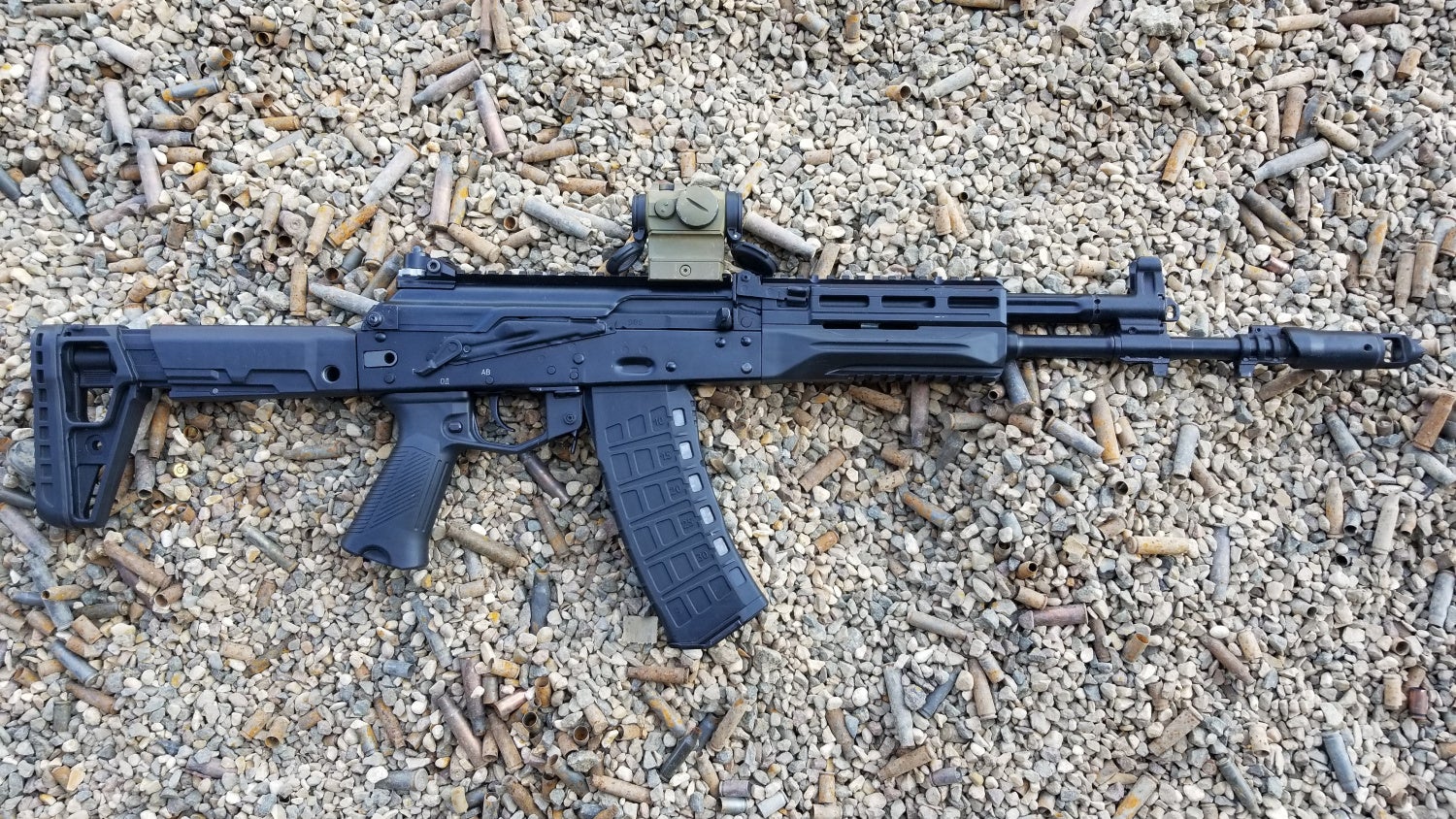
AK-12SP, a version of the AK-12 for special forces
That “evolved” version of AK-12 was accepted into service under the name 6P70 in the year 2018 and quickly became a mass-produced firearm, with over 130,000 units manufactured to date. But that is whole another story for another day. Let me know if you would like to read it.
 Your Privacy Choices
Your Privacy Choices
